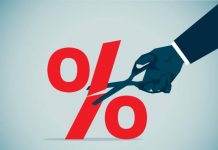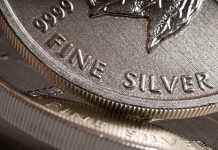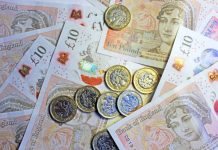Claims improve but show recovery is stalling, BOE debates going negative, OPEC+ could do more in Oct, Gold’s post-Fed hangover
Economic momentum continues to fade as many Americans continue to file new claims for Pandemic Unemployment Assistance, benefits offered to independent contractors and freelancers who do not qualified for regular unemployment benefits. This morning’s round of economic data was rather mixed. Weekly jobless claims improved slightly to 860,000, but the total number of people claiming some benefits in all programs rose to 29.8 million, with 659,000 using the Pandemic Unemployment Assistance program. Continuing claims have now recovered half of the job losses throughout COVID-19, but still have a long way to go.
Seasonal factors are settling in for the housing starts data and that will unlikely derail optimism that this market is still going strong as low mortgage rates and high demand for homes in the suburbs remains unfettered. Hurricane season also weighed on the housing starts 5.1% decline 0.9% with applications to build. The strong housing market will remain one of the only positive outcomes of the coronavirus pandemic. Yesterday, homebuilder optimism surged to a record, the highest reading in 35 years of the National Association of Home Builders/Wells Fargo Market Index.
The Philadelphia business outlook fell as expected but still suggests the recovery continues as current activity, new orders, shipments, and employment all remained positive.
The economic data appears poised to decelerate further and that should foster calls for further accommodation. The pace of improvement is only going to get worse as Congress fails to deliver further fiscal stimulus.
Post-Fed
Yesterday, the Fed signaled interest rates will remain near zero for over the next 3-5 years and that the asset purchases will continue until the economy is on sound footing. The Fed didn’t unveil anything, and they don’t seem close to dangling a carrot that we will get more until after the election.
US stocks are suffering from a post-Fed hangover and risky assets look like they may be on their own. Doubts over the Fed’s new inflation strategy and fresh ways to stimulate the economy have investors seeing the stimulus punchbowl as half empty. Virus, election, and policy risks remain firmly in place, so the path of least resistance for now could be lower.
BOE
The British pound plunged after the BOE kept rates steady and held discussions over the effectiveness of negative rates. Money markets are pricing in a rate cut for May and possibly another one in November. While the Fed is tapping the breaks, the BOE is signaling they are getting closer to do more. Sterling could have been a lot lower if PM Johnson did not secure an agreement with Conservative Party supporters of a rebel amendment to his Internal Market Bill.
Oil
Crude prices rose after both OPEC+ reminded energy traders they could curb production even further next month if the situation worsens and as hurricane season continues to pose a threat to disrupt more offshore production.
Initially price action was very choppy for oil because the OPEC+ teleconference did little to assuage concerns that the production cut cheaters will continue to contribute to oversupply concerns. It looked like they were not willing to make any changes to the oil output targets and that the Saudis will no longer be going above and beyond to keep the credibility high that OPEC+ will do whatever it takes to keep crude prices strong.
The OPEC+ JMMC panel requested that the countries that produced above their oil quotas to submit compensation plans by Sept 25th. OPEC+ is concerned over what will happen with crude demand when the second wave of the virus hits and this could be setting up a deepening of production cuts at the next JMMC meeting on Oct 19th.
Gold
Gold prices are suffering from a post-Fed policy meeting hangover that did little to raise the short-term prospects of further stimulus. Throughout COVID-19, most of the time Fed meetings impressed with announcing new measures to support the economic recovery. The Fed’s new monetary strategy and updated forecasts suggest we might not see further action from them over the next couple policy meetings.
The dollar bounce is also adding to gold’s woes but that should prove to be temporary. Gold prices are poised to remain stuck in its trading range but the winter virus wave concerns and elevated continuing claims completely warrant more support is needed.












